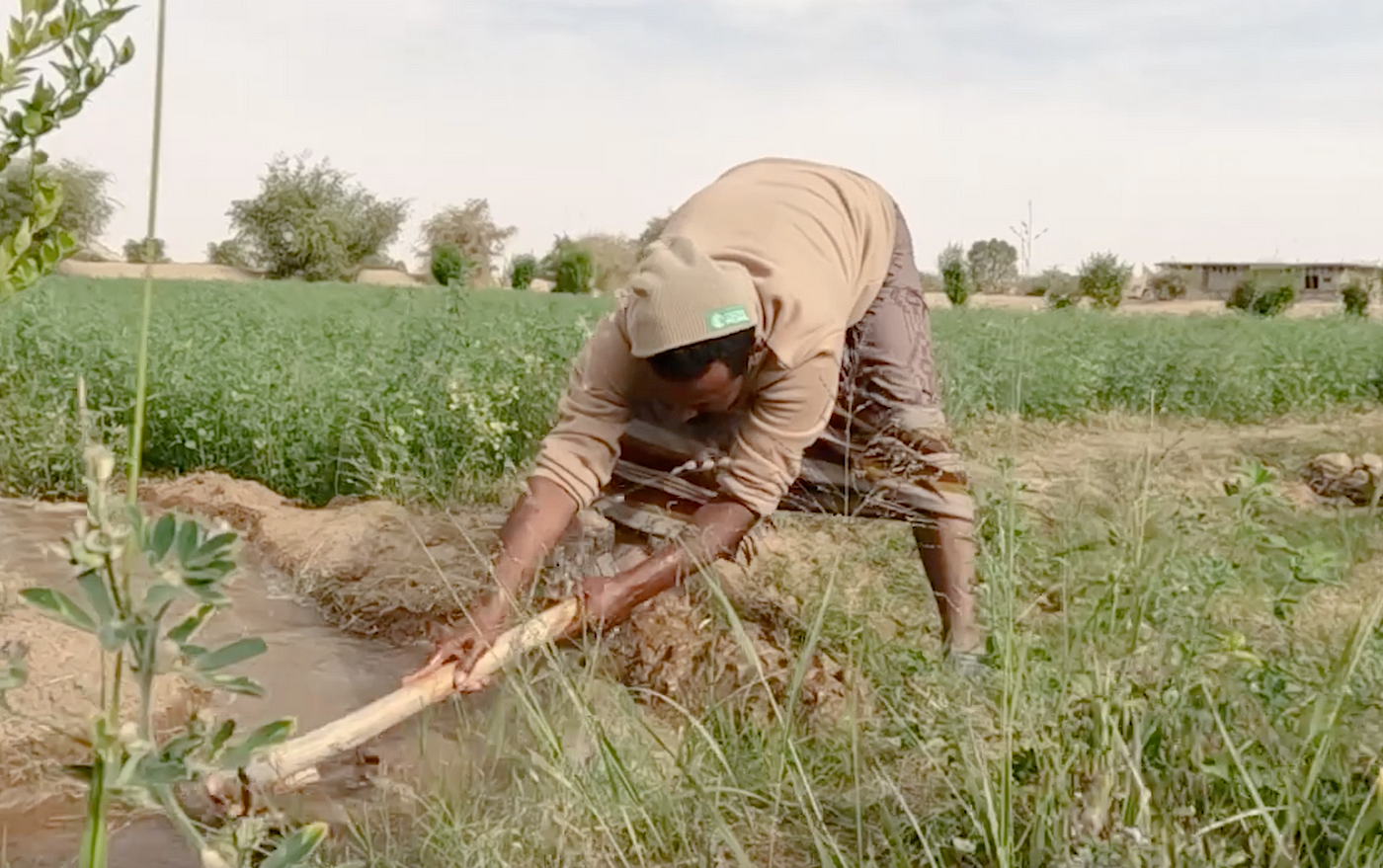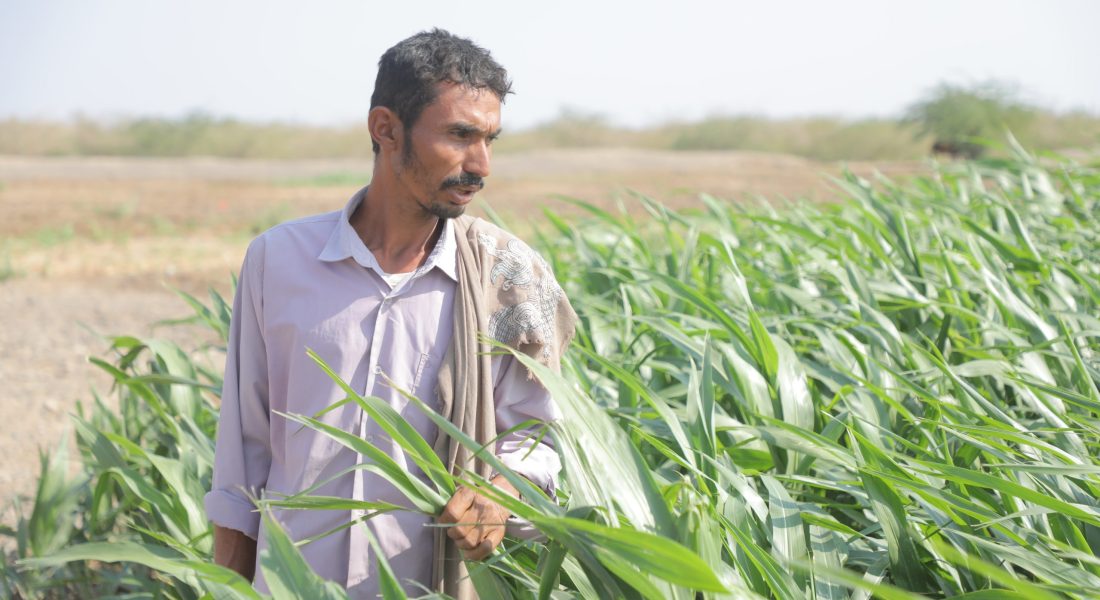Agricultural lands on the western coast of Yemen and the governorates of Marib, Shabwah, and Taiz are among the most landmine-affected areas in the country, where explosive devices have turned these once arable fields into barren and scorched land, displaced farmers and their families and severely impacted local economies.
When Project Masam launched its humanitarian landmine clearance operations in mid-2018, it made it its mission to clear vital and key areas across liberated Yemen, including farms and agricultural lands. So far, it has cleared 54 million square metres of land.
Some 60 per cent of the total cleared land land is considered to be “green” (farms and farmland) and constituted the main source of living for tens of thousands of Yemeni families, making the task of clearing these fertile lands from landmines vital – not only on the environmental level but also on the economic and social levels.

Mine-free, farms are reopening
Due to the close link between these farms and the stability of the lives of Yemenis at the social, economic, and even environmental levels, Project Masam focused its efforts on clearing these vital green areas from mines.
In Shabwah governorate, the project’s demining teams managed to secure the farms of Al-Saadi, Al-Dabwah, Hajar Kahlan, Beit Matash, Al-Ahmar, Al-Hima, Al-Mazarab Al-Salim, Al-Nuqob, and Saqi Al-Qashou.
In the governorate of Marib, mainly in the district of Harib, west of Marib, Project Masam has demined the farms of Al-Sad area, Al-Awadh, Ali bin Ahmed, Al-Hayshah, Al-Mahdi area, and Al-Hilwa area. In the Zaghouan district, the project managed to secure the farms of Wadi Asdas, and in the Al-Wadi district, it cleared the farms of the Al-Menin and Al-Sadd areas.

41 out of 120 farms already mine-free
The project’s humanitarian landmine clearance efforts have extended to the governorate of Hudaydah, where demining teams secured 41 farms in the district of Al-Khokhah and Hays – out of 120 farms that were and are plagued by mines.
This includes four farms in Wadi Al-Akbar, two farms in Bani Zuhair, two others in the Al-Rabie area, a farm in the Al-Shaab area, another in Bani Naji, three farms in the Bani Quroush, two farms in the Hanajla area, a farm in the Bani Salem area, three in the Al-Husayb area, five farms in the Dhama area and three farms in Al-Hilla.
Also, in the Taiz governorate, Project Masam secured 52 per cent of the mine-contaminated agricultural land in 18 districts, including Al-Wazi’yah district, which witnessed “the highest demining rate of agricultural land”, Mokha district, “the second highest demining rate”, Mawza district, “the third highest demining rate”, and Jabal Habashi district, “the fourth highest demining rate”.
These vital humanitarian efforts faced several challenges in Yemen, especially the proximity of some agricultural lands to the direct contact areas (frontlines) which explains the fact that many agricultural lands in the rest of the districts of Taiz governorate are still contaminated with mines.
It is a reality that Project Masam seeks to change through its efforts to rid Yemen of the deadly landmines.

